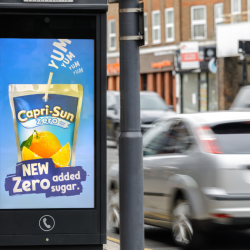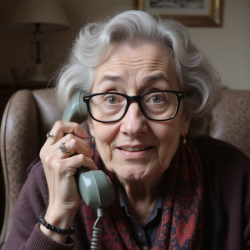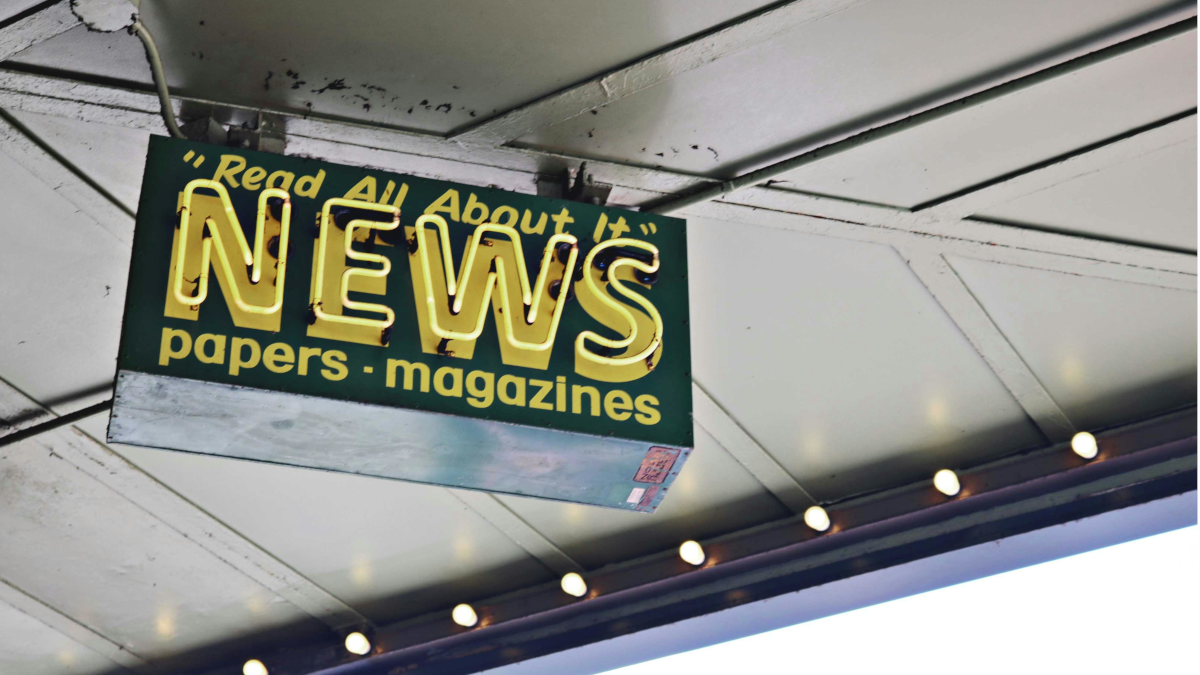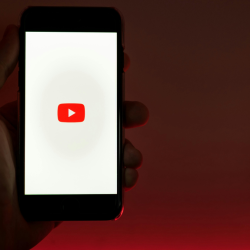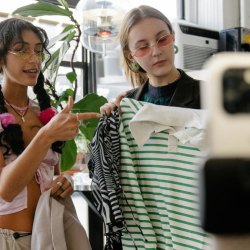In the not-so-distant past, public relations was often seen as the buttoned-up cousin of journalism — a field dedicated to delivering straightforward, fact-based narratives, designed to catch the eye of traditional media gatekeepers. These PR offerings tended to take the form of news releases and other materials that mirrored the reporters’ dispatches. But as we navigate the choppy waters of today’s fragmented media landscape, PR professionals are being called upon to unleash their inner creativity like never before.
The rise of social media, particularly platforms like TikTok and Instagram that thrive on short-form video content, has dramatically reshaped how brands connect with their audiences. No longer can PR rely solely on well-crafted press releases and media pitches. Today’s PR practitioners must be storytellers, content creators, and trend-spotters all rolled into one. This shift doesn’t mean abandoning the core principles of PR. Far from it. The art of building relationships with journalists, crafting compelling narratives, and securing earned media coverage in trusted publications remains as crucial as ever. But now, these traditional skills must coexist with a new set of creative capabilities.
A day in the life of PR
The typical functions of PR have remained largely the same. In the morning, an account executive might be working on a thoughtful opinion piece for a respected trade publication (such as this one!).
By afternoon, they’re brainstorming concepts for a viral TikTok challenge that amplifies their client’s brand values. And in the evening, they’re likely analysing social media metrics to fine-tune their influencer outreach strategy. This expanded PR remit requires a delicate balance: on one hand we must maintain the credibility and trust that comes from earned media placements in established publications.
On the other hand we need to embrace the creative freedom and direct audience engagement offered by social platforms. The key lies in understanding that these two approaches aren’t mutually exclusive. In fact, they can (and should) complement each other. A well executed social media campaign can generate buzz that catches the attention of traditional media outlets. Conversely, a thought-provoking article in a respected publication can provide fodder for engaging social content.
A creative stretch
Imagine, for example, a sustainability-focused tech startup launching a new product. The traditional PR approach might involve crafting a press release highlighting the product’s innovative features alongside its environmental benefits, then pitching it to relevant tech and environmental journalists. But in today’s landscape, that’s just the beginning.
The creative PR professional might also:
- Develop a TikTok challenge that encourages users to showcase their own eco-friendly innovations, using the product as inspiration.
- Partner with environmentally-conscious influencers to create authentic, behind-the-scenes content about the product’s development process.
- Design an interactive Instagram filter that visually demonstrates the product’s positive environmental impact.
- Produce a series of short, shareable videos explaining complex sustainability concepts in an engaging, accessible way.
- Host a live-streamed Q&A session on Twitter, featuring the company’s founders and environmental experts.
Each of these creative initiatives serves the dual purpose of directly engaging consumers and potentially attracting media attention. They transform the brand’s story from a one-way message into a participatory experience, inviting the audience to become active contributors to the narrative.
However, as we embrace this new creative frontier, we must not lose sight of PR’s foundational principles. Authenticity, transparency, and ethical communication practices are more important than ever in an era of misinformation and dwindling trust in institutions.
The challenge (and the opportunity) for modern PR professionals is to harness the power of creative storytelling while maintaining the integrity and credibility that have long been hallmarks of the field. This means not just creating engaging content, but ensuring that content is grounded in truth, aligns with brand values, and contributes positively to public discourse. It also means recognising that while social media offers exciting new avenues for communication, it can’t come at the expense of traditional media relations. Established news outlets still play a crucial role in shaping public opinion and conferring legitimacy.
A mention by a respected newspaper, blog, broadcaster, or magazine carries a weight that even the most viral TikTok video can’t match. A crucial aspect for the success of campaigns today is the ‘connections strategy’, especially concerning earned media. That strategy involves bringing an increasingly integrated vision between story creation, channels, formats, and storytellers is essential for enhancing reverberation.
In this scenario, the role of public relations and influencers is fundamental. PR professionals are the guardians of the brand’s reputation and the architects of strategies that ensure the right messages reach the target audience. Additionally, influencers, with their ability to connect directly with their audiences, have become indispensable partners in amplifying campaigns in an authentic and engaging manner.
It’s about telling stories that not only capture attention, but also build lasting connections and trust.
In this new era, PR is no longer just about earning media coverage. It’s about earning and maintaining attention, trust, and engagement in a world where every individual is potentially both a media consumer and a content creator. It’s a challenging role. But for those willing to embrace both creativity and tradition, it’s also an incredibly exciting one.
Featured image: Madison Inouye / Pexels
